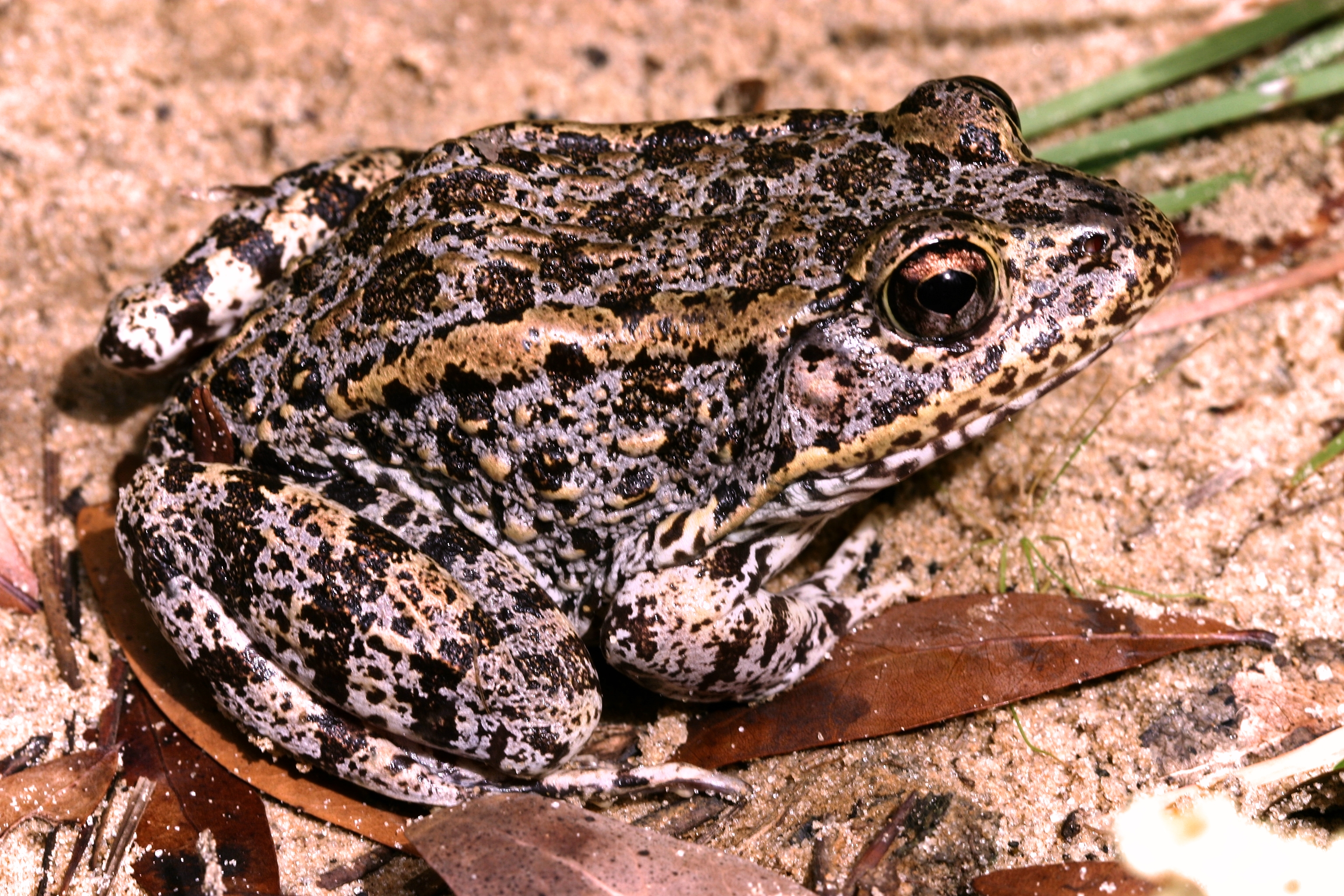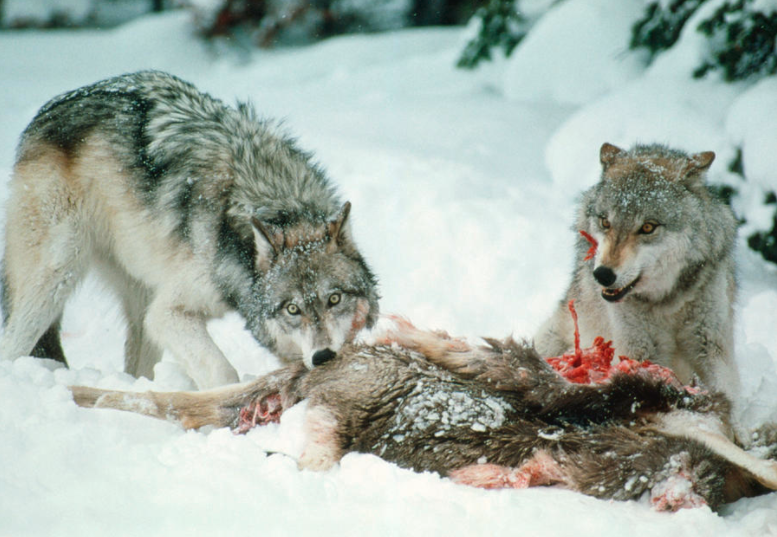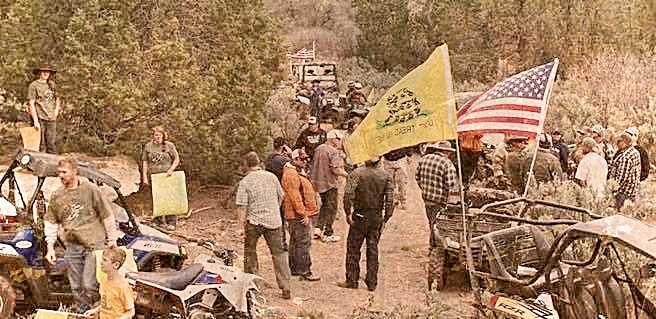The statute may have been written with good intentions, but it often punishes landowners in ways that have nothing to do with recovering species. The act makes enemies out of the private landowners who provide the majority of habitat for imperiled species.
Tate Watkins
Should Dried Up Tree Frog Sex Ponds Limit Property Rights?
The Supreme Court hears the first case of its new session tomorrow. The subject of Weyerhaeuser Company v. U.S. Fish and Wildlife Service is a shy, endangered frog, known among biologists for a call said to resemble an old man snoring.
Only about 150 dusky gopher frogs survive in the wild, and all of them are in southern Mississippi. That didn’t stop the Fish and Wildlife Service from designating about 1,500 acres of private property in St. Tammany Parish, Louisiana, as critical habitat for the species in 2012. The designated acreage lies within the frog’s historical range, but it’s now part of dense commercial timber plantation that is nothing like the open-canopied habitat the amphibian needs.
The years-long legal dispute over the frog demonstrates how the Endangered Species Act has failed wildlife and private property owners alike. The statute may have been written with good intentions, but it often punishes landowners in ways that have nothing to do with recovering species. The act makes enemies out of the private landowners who provide the majority of habitat for imperiled species.
The government’s critical habitat designation in St. Tammany Parish hinges on five seasonal ponds that are—or, more exactly, were once—crucial for the dusky gopher frog’s breeding cycle. The frog lays its eggs in shallow ponds that dry up completely in the summer, making it impossible for predatory fish to survive in them.
The Fish and Wildlife Service decided that these five ponds, which are part of much larger tract of timber leased by Weyerhaeuser and owned by New Orleans resident Edward Poitevent and his family, qualified the area as “essential” for conserving the species under the Endangered Species Act. Still, the agency admitted that “the surrounding uplands are poor-quality terrestrial habitat” for the species.
Even if the Supreme Court backs the feds, it’s unclear how the agency’s designation could actually help the frog. The property owners can still use the land as a timber plantation, and the government can’t force a private citizen to actively engage in species recovery, let alone expend the money and effort it would require in this case to remake the landscape to support the frog.
“They don’t care,” Poitevent says. “Their job is to find a habitat. The consequences are not their problem.”
According to the government’s own analysis, the consequences could be as much as $34 million…
Free Range Report
Thank you for reading our latest report, but before you go…
Our loyalty is to the truth and to YOU, our readers!
We respect your reading experience, and have refrained from putting up a paywall and obnoxious advertisements, which means that we get by on small donations from people like you. We’re not asking for much, but any amount that you can give goes a long way to securing a better future for the people who make America great.
[paypal_donation_button]
For as little as $1 you can support Free Range Report, and it takes only a moment.



